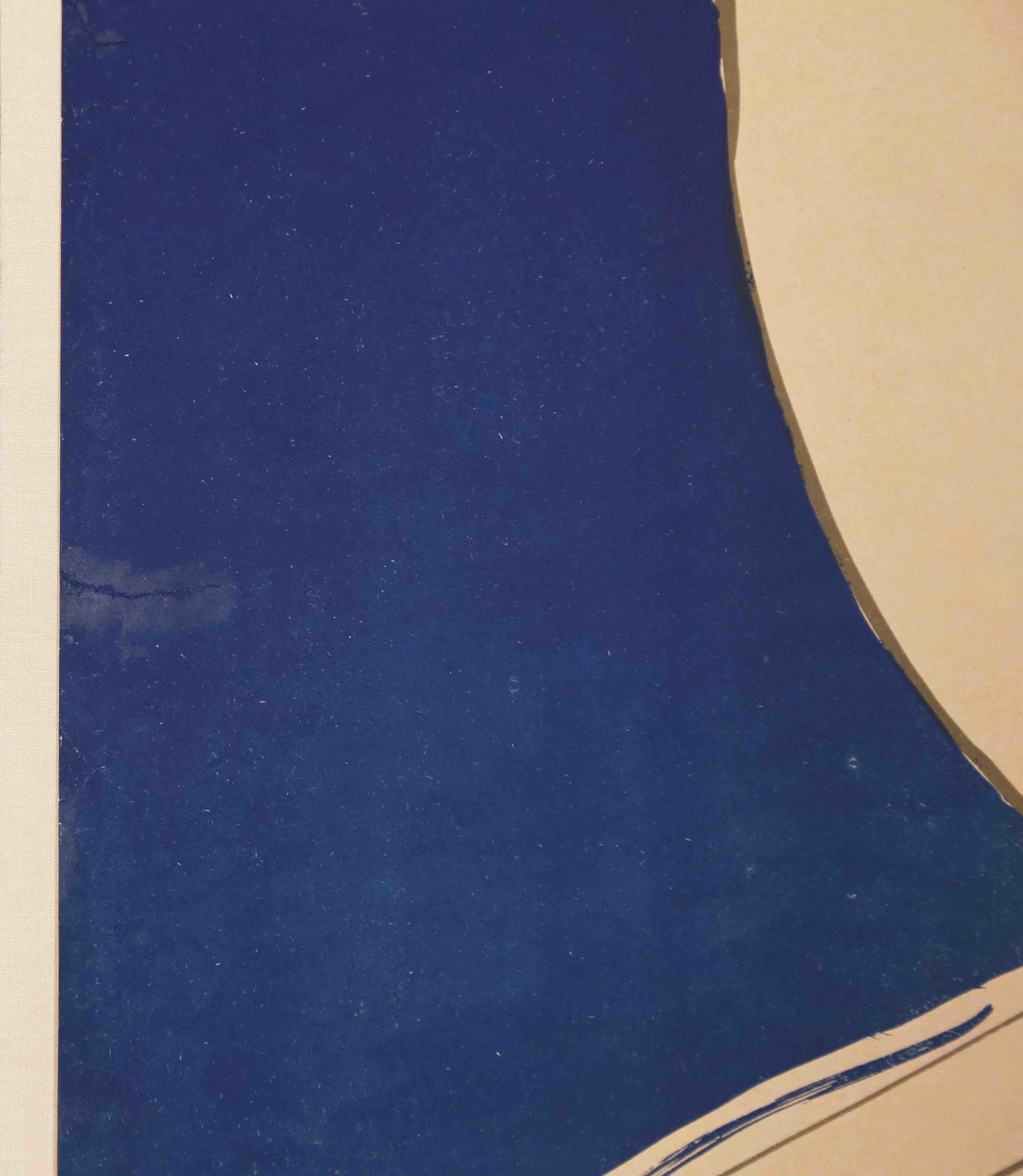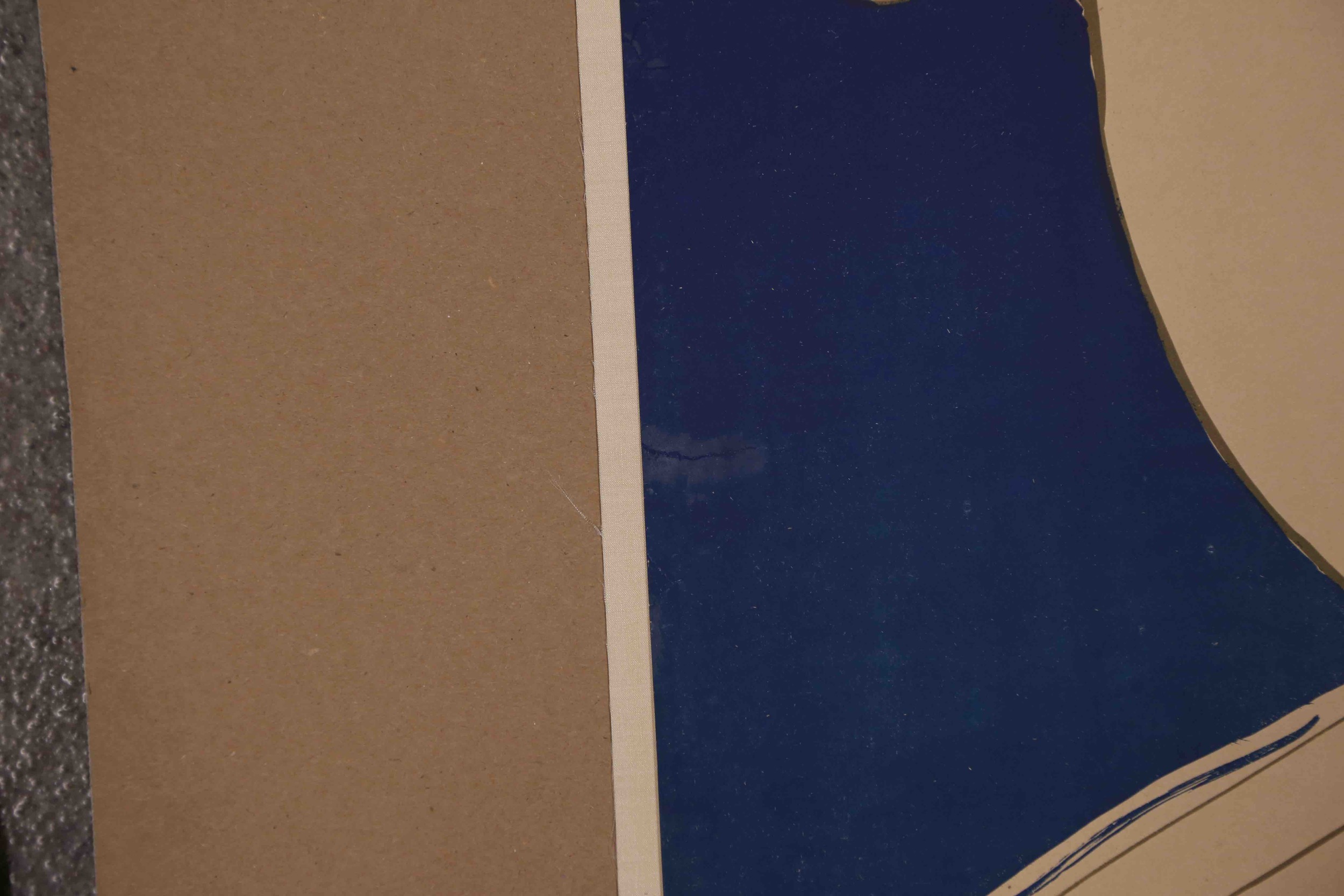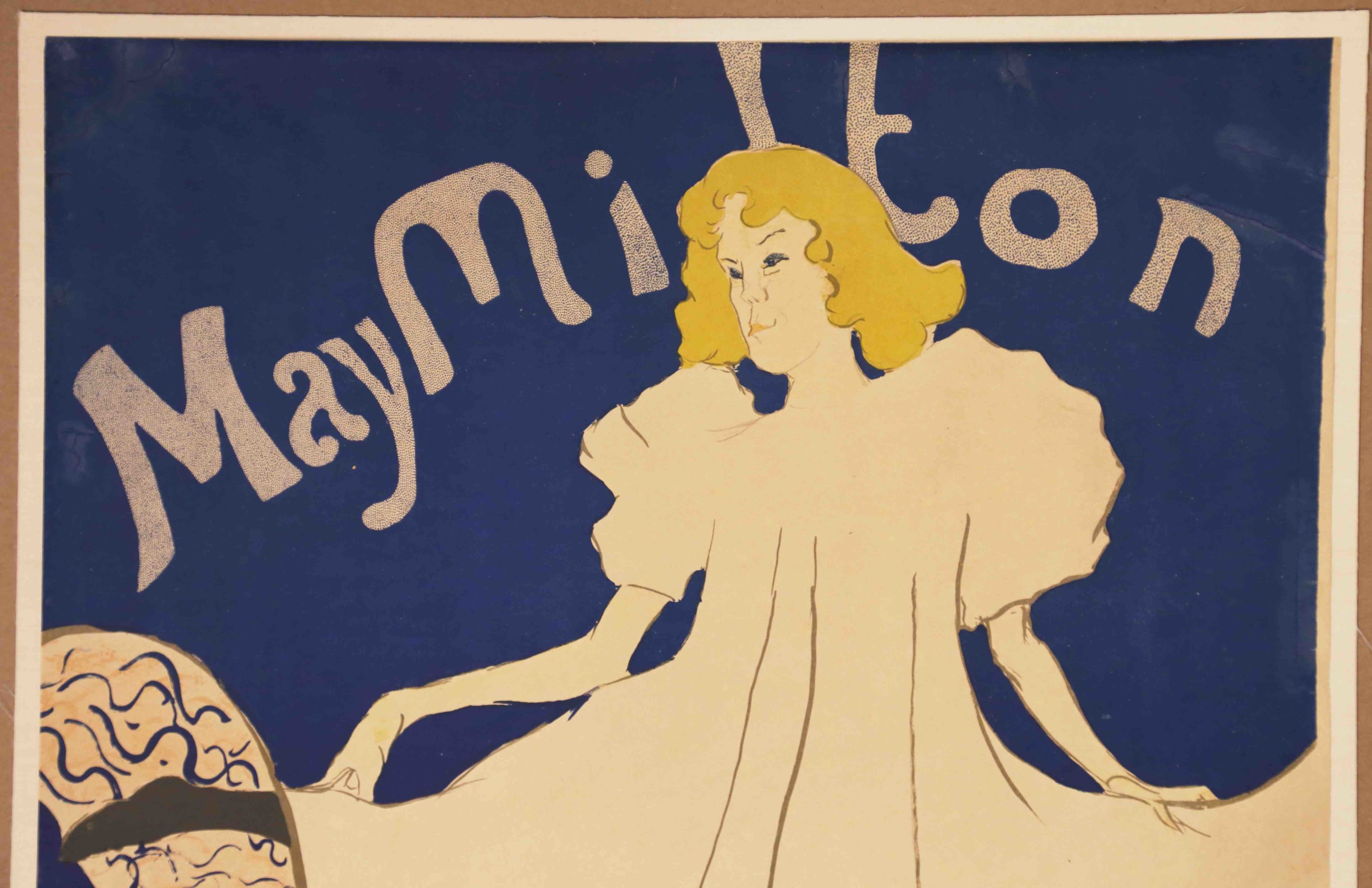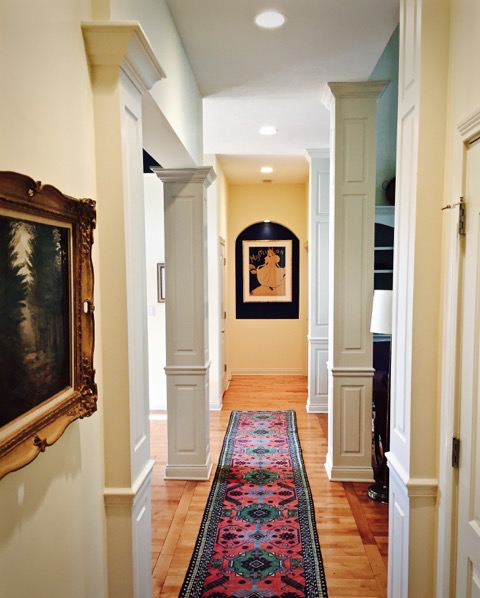Sometimes a singular work of art can inspire an entire collection. When this is the case, the collector cherishes that first piece above all others. When a client of The Conservation Center brings in a work that we can actually see the joy and affection brought on by it, those feelings are contagious. This is what happened recently when Bruce Romick, a private collector from Indiana, contacted us about one such treasured item. Mr. Romick and his wife had acquired a lithograph of May Milton by famed Post-Impressionist artist Henri de Toulouse-Lautrec in 1978. While it was in very good condition when purchased, after 37 years, some degradation was to be expected. Our Paper Department was in charge to bring “May” back to life so it would continue to bring the Romicks the same joy for many years to come.
The Romicks appear to have always had a tasteful eye for art. “May Milton was our earliest significant purchase,” said Mr. Romick. “We bought it in 1978, from Merrell Chase Galleries in the Water Tower Mall on Michigan Avenue in Chicago. We were attracted to the style and subject matter of Toulouse-Lautrec, but it was the bold blue contrast in color of ‘May’ that really caught our attention.”
At the turn of the 20th century, Paris was the center of the art world, as cultural shifts and industrial advancements allowed for a mini-Renaissance of sorts. Artists such as Henri de Toulouse-Lautrec flocked to the famed Montmartre neighborhood, tucked away in the hills on the North side of the city. During his short life, from 1864 to 1901, Toulouse-Lautrec was able to complete a stunning body of work, including paintings, watercolors, and drawings, as well as building an impressive printmaking career, notable because of the “lower class” reputation of works on paper at the time. Toulouse-Lautrec is most well known for his depictions of the dancers and clientele of the famed cabaret, the Moulin Rouge. His unique ability to capture the beauty, passion, and events of Paris’ seedy underbelly in the style of the Post-Impressionists has kept Toulouse-Lautrec’s works popular to this day.
Born into French nobility but with many congenital birth defects, it is no wonder that Toulouse-Lautrec was attracted to the performers and “women of the night” that frequented the Montmartre neighborhood. The area was a place away from aristocratic snobberies where freedom of expression and creativity were encouraged. Adopting bohemian culture as his own, Toulouse-Lautrec could often been found drinking at his usual reserved seat at the Moulin Rouge, or with friends who were some of the finest creative types of the day, including Oscar Wilde and Vincent Van Gogh. Until sickness removed him from Paris, Toulouse-Lautrec lived quite the dynamic lifestyle in Montmartre, creating countless works that can now be seen in the finest museums around the world.
Toulouse-Lautrec earned some notoriety while he was still alive through exhibitions with other artists of the time, but mainly through his lithographs of Paris’s most famed dancers. One such print depicts the dancer May Milton. Known neither for her beauty nor her talent, she is remembered to this day for her appearance in a number of Toulouse-Lautrec works, including At the Moulin Rouge, which is prominently displayed at the Art Institute of Chicago. This marked one of the first times in history where there existed an inexpensive, accessible, and easily displayable art form that could be purchased for a home outside of the aristocracy—a revolutionary idea at the time. Toulouse-Lautrec’s proliferation as a printmaker is evident, as a poster of Lautrec’s May Milton can be seen hanging in Pablo Picasso’s painting, The Blue Room (1901).
It is a copy of this very same lithograph that Mr. and Mrs. Romick brought in to us for conservation treatment. “In early 2014, we decided to add UV protective glazing, and to update the mounting and framing,” Mr. Romick continues. “This was done by a reliable and expert framer in Indianapolis. Very early, some challenges with the original mounts were discovered. We did not feel comfortable trying to remove them with the resources available. After weighing some of our options, and after some research and several recommendations, we chose to send ‘May’ to The Conservation Center in Chicago.”
The poster arrived with basic damage—all issues commonly found in older works on paper. Paper ages inherently over time, so there was nothing that could be done about the general age-related staining of the piece, but our paper conservators were able to remove a light layer of grime that was sullying the lithograph. Additionally, the print had experienced some distortion over the years, most likely due to the current paper lining. Sometimes lining papers and adhesives can cause sheets to distort differently if exposed to a humid environment. There was also some evidence of pre-existing tears along the edges and previous repairs on the print where areas of loss had already been filled.



In order to be properly reframed after treatment, the piece was carefully removed from its original mount before being conserved. To address the sustained distortion, the surface was cleaned, so that no dirt was improperly fixed into the print. Next, the sheet was passively humidified to restore some elasticity to the fibers of the paper, and to relax the current adhesive layer in the lining. Lightly humidifying the paper prior to flattening it under heavy weights and cotton blotters allows the conservators to lessen creasing and distortion that the paper has sustained while removing excess moisture.


After all of the stages of treatments were completed, the lithograph looks more like it did when it was printed during Toulouse-Lautrec’s lifetime. It is now being properly displayed in all of its glory in the home of Mr. and Mrs. Romick, who are ecstatic with the results of the conservation. "We are so pleased with the result—not only our 'May' was properly treated, the service provided by The Conservation Center was also outstanding. We were thrilled to have this lithograph treated," said Mr. Romick.
Image credits: goldmarkart.com, postersplease.com




